Reaching Across the Hallway (2023)
Description
The CS for Social Studies project (formerly ‘Reaching Across the Hallway‘) supports rural teachers to integrate computer science into middle school social studies classrooms, using asset-based pedagogy to support student learning.
NSF Award: 2010256
Discussion
This discussion took place during the TERC Video Showcase Event Nov. 14-21, 2023. Discussion is now closed.Presenters
Lead Presenter
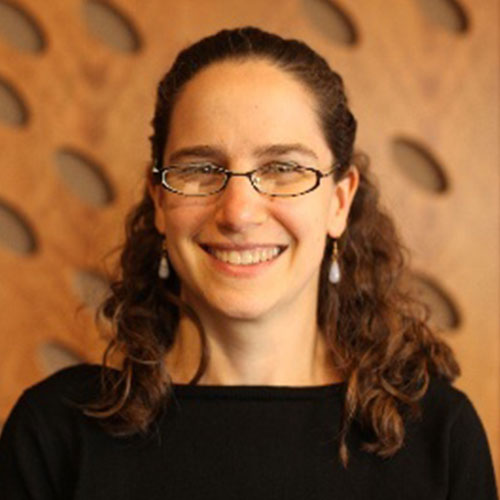
Debra Bernstein
TERC
TERC
Co-Presenters

Rebecca Dovi
CodeVA
CodeVA
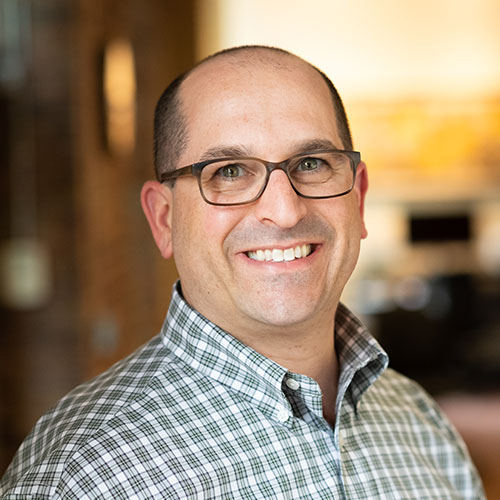
Eric Hochberg
TERC
TERC

Michael Berson
University of South Florida
University of South Florida
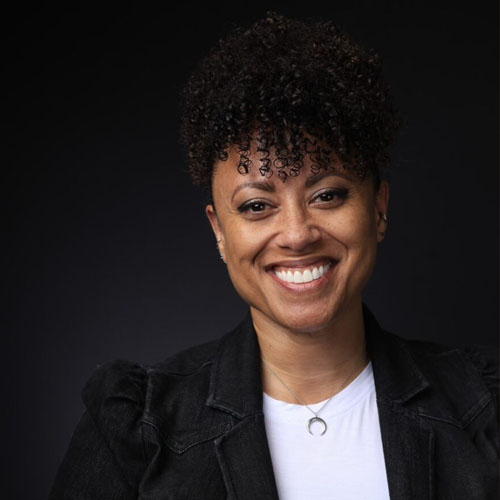
Kristen Franklin
CodeVA
CodeVA
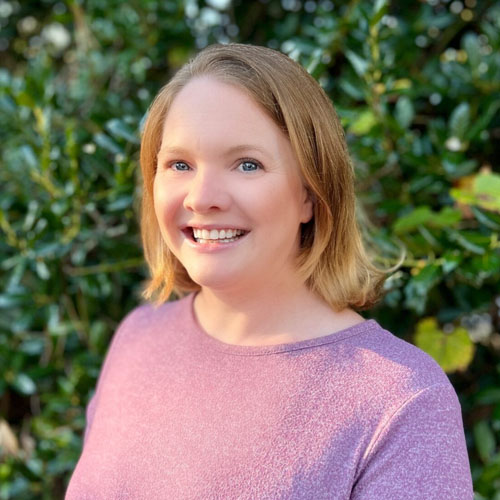
Valerie Fawley
CodeVA
CodeVA
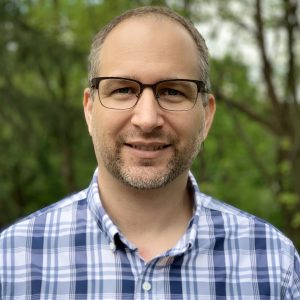
Perry Shank
CodeVA
CodeVA


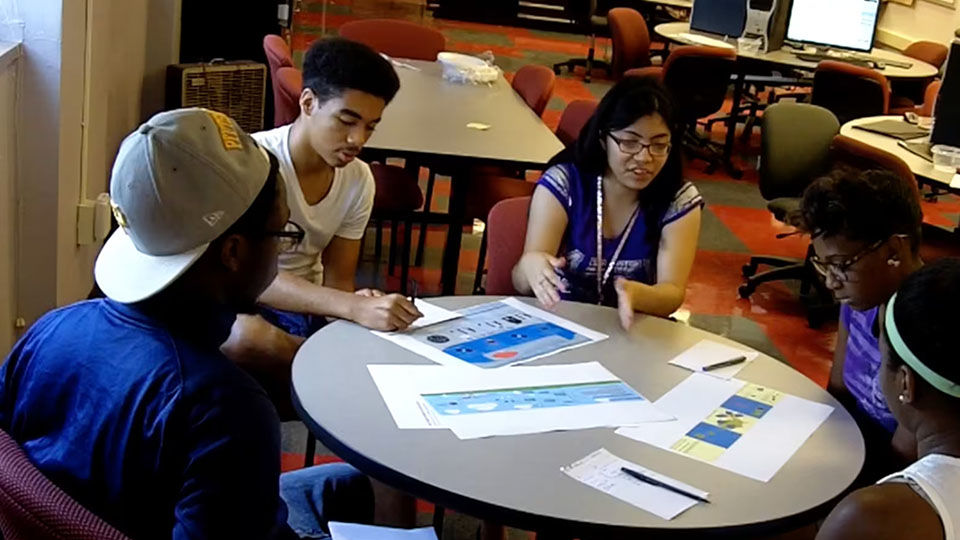
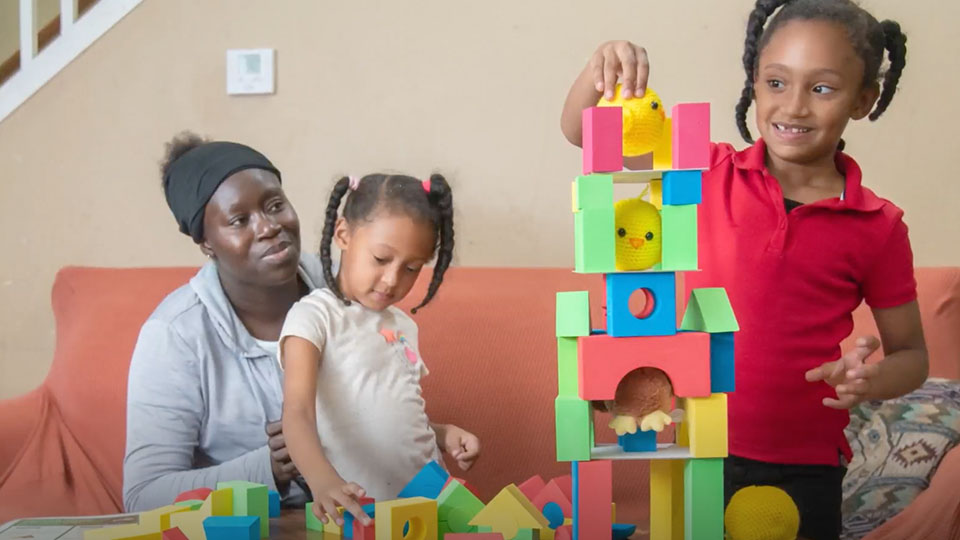
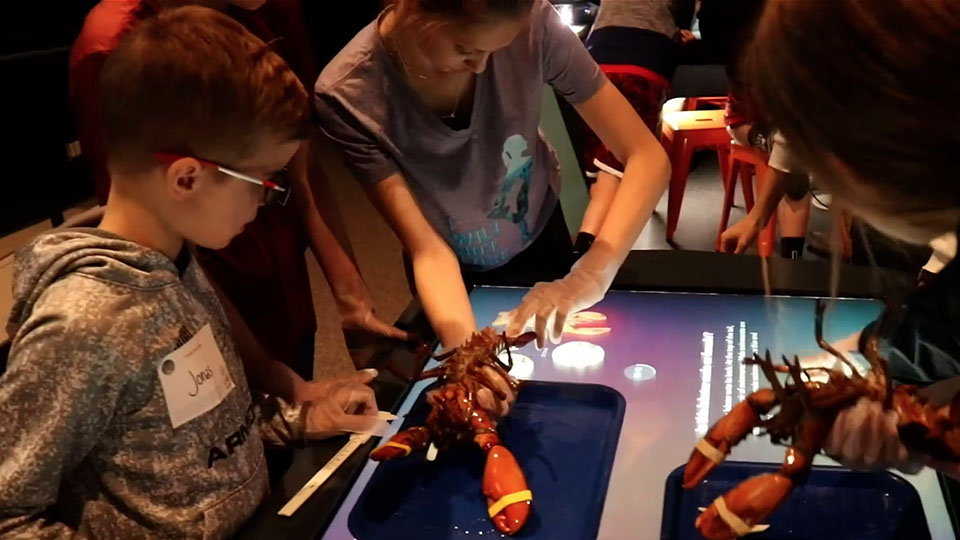
Do you have examples of the types of activities that have been developed through the CS for Social Studies project?
Second, I am curious about school-cultural characteristics that might help or hinder teachers’ engaging in these cross-disciplinary activities, and might affect persistence/sustainability (à la Coburn’s model)?
As we delve into Hard and Difficult History using primary sources and multiple perspectives, we push the envelope in some rural school districts. However, most of our participants and their administrators are extremely receptive to approaching their HSS content in new ways. Participants shared that they felt incorporating CS and, specifically, Twine into their HSS course is helping them to be better teachers and helping their students to be more creative, empathetic, and engaged with the HSS content. One participant is planning a Twine professional development for his school, which is beyond this project. Many participants plan to continue integrating CS and HSS after this project ends. Teachers embrace their local history and the rich cultural capital their students bring to their classrooms and lessons.
Our coaching model is a supported Peer Coaching process, where our facilitator-coaches first review the lesson materials and then meet with the team of teachers who are implementing it. In this session, they address any gaps in the lesson or ways to improve it. Then the teachers present their lesson to students and have a post-implementation coaching session to debrief. Teacher teams have two coaching sessions during the year. Our facilitator-coaches are both retired classroom teachers, one who taught computer science, and the other who taught history and has been integrating computer science into other courses for several years.
I also love the use of Codap, a wonderful free data analysis tool!
And making use of Library of Congress and other free, high quality resources—love that too!
Two questions for you:
(1)How is this program specially tailored to rural areas? I know something about the challenges and strengths in rural communities and wonder how you draw in strengths and address challenges.
(2) How do the CS teachers take to CODAP? Does this tool fit into their views of what CS is?
I am also interested in how peer to peer coaching is going—let’s have a conversation, because I’ve been wondering how this could work in our VisTe project.